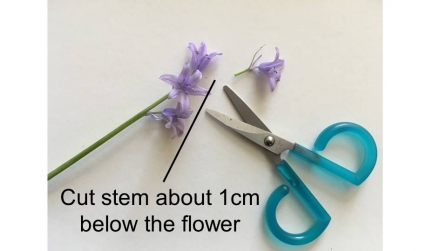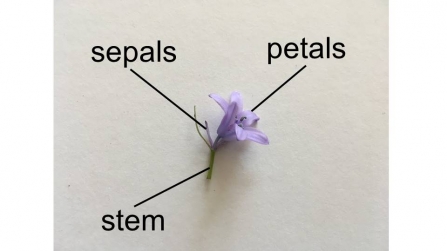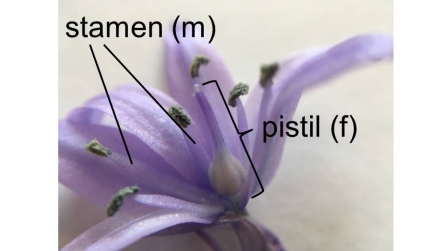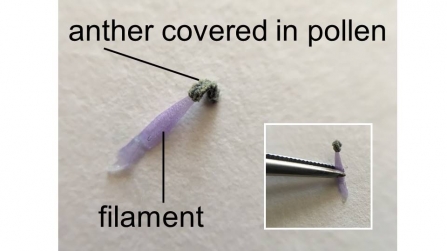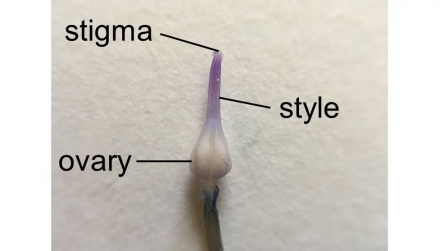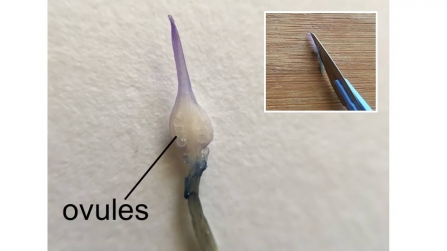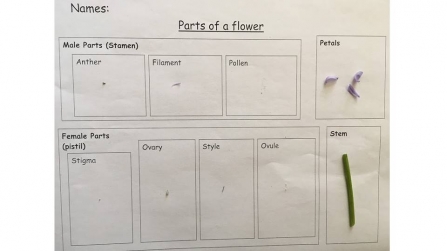There are about 300,000 different species (or types) of flowering plant on earth. They can look very different – from the familiar daisies in your lawn, to the tiny green flowers of grasses in our meadows, or the monstrous rafflesia whose carnivorous 1m wide flowers bloom in the forests of south-east Asia.
Why do plants need flowers?
While flowering plants look and behave very differently they all flower for the same reason – to produce seeds which will grow into new plants, ensuring the species continues to survive.
Find out you how you can dissect (take apart to see what’s inside) a flower yourself to discover its secrets.
To dissect a flower, you will need:
You can dissect a flower in your garden with just your fingers to pick it apart, but if you want to be a bit more scientific and take a careful look at things, here are some tools that you can use to help.


